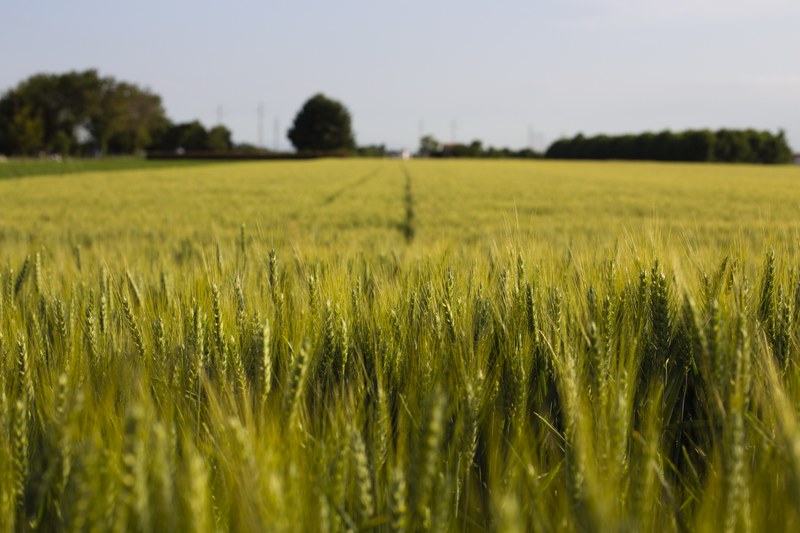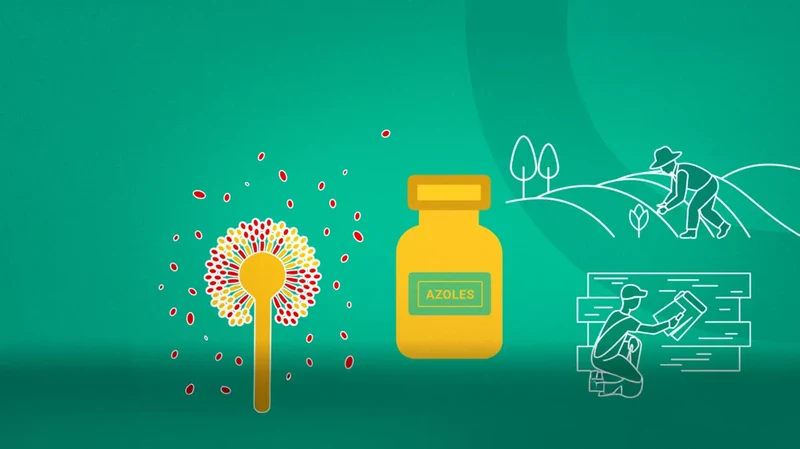All official European Union website addresses are in the europa.eu domain.
See all EU institutions and bodiesDespite progress in many areas, environmental hazards continue to affect public health in the EU. Air pollution, noise, heavy metal emissions, heatwaves and cold spells continue to cause health issues and fatalities across Europe each year. Europe has put in place a wide range of policies and measures to reduce such health impacts.
Pollutants in the environment or climate-related events can have a massive impact on our health. Air and noise pollution, and heavy metals like mercury are directly related to health issues like asthma, hearing loss, dehydration and heart diseases. Heatwaves and floods affect the whole population but cause the highest burden for vulnerable groups like infants, the elderly, those in poor health or communities living on floodplains.
Air pollution is the single most important cause of environmental health hazards affecting millions of Europeans. Air pollution can cause respiratory and cardiovascular diseases and premature deaths. More than 90% of Europeans living in cities are exposed to harmful levels of fine particulate matter, which causes more than 200,000 premature deaths per year in Europe.
- Noise pollution from highways, airports and streets can lead to hearing loss, tinnitus, sleep loss, and cardiovascular and metabolic diseases. Long-term exposure to environmental noise is estimated to cause 12,000 premature deaths and contribute to 48,000 new cases of ischemic heart disease per year in Europe.
- Pollutants can enter rivers and lakes, eventually accumulating in our oceans. Some chemicals used in industry and agriculture can enter the food chain and accumulate in our bodies. Ongoing biomonitoring research sheds light on these chemicals and their health impacts.
- Climate change affects all Europeans. It can cause heatwaves, elevated exposure to UV radiation, extreme and harmful weather events, prolonged and intensified pollen seasons, the proliferation of infectious diseases and forest fires. Vulnerable groups like the elderly, children and people with a low income or in poor health are most affected. One in ten European schools and hospitals may also be at risk of flooding.

Climate change impacts leading to increased exposure to harmful toxins
Climate change is altering fungal behaviour and distribution, potentially increasing the risk of exposure to mycotoxins — harmful toxins that contaminate crops, food and feed.
The EEA briefing 'Mycotoxin exposure in a changing European climate' explores the associated health concerns around these toxins and emphasises the need for a more coordinated European approach to tackle the spread and prevent contamination.
The impacts of heat on health: surveillance and preparedness in Europe
The EEA briefing 'Impacts of heat on health' gives a first EEA state of play on national surveillance for heat-related health impacts. In terms of preparedness, 21 EEA member countries have heat-health action plans in place, and another four National Public Health Institutes are developing such plans.
However, progress is limited to southern and western European member countries. Several countries in central and eastern Europe currently do not have a surveillance system or heat-health action plan in place. The EEA briefing draws on a survey National Public Health Institutes participated in for the European Climate and Health Observatory.


Chemicals in humans and their health risks
For many chemicals, the health impacts of long-term exposure are unknown. It is difficult to accurately assess the risks that chemicals pose to human health because of the complex mixture of chemicals we are exposed to in our daily lives through the environment, products, food and drinking water.
Human biomonitoring allows researchers to measure our exposure to chemicals by measuring their metabolites, which are the markers of subsequent health effects in body fluids or tissues. Information on human exposure can then be linked to other health data to better understand the links between chemicals and human health.
The EEA is a lead partner in the the Partnership for the Assessment of Risks in Chemicals (PARC), which includes policymakers, stakeholders, and scientists throughout the EU. Together, we are monitoring EU citizens’ exposure to chemicals and possible health effects.
One Health: EU agencies unite to tackle azole fungicide resistance in Aspergillus fungi
The extensive use of azole fungicides (azoles), in particular some agricultural and horticultural practices, can increase the risk of Aspergillus fungi developing resistance to essential antifungal treatments.
This significant finding is highlighted in a report by the five EU health and environment agencies, with support from the European Commission’s Joint Research Centre (JRC). The Agencies collaborated under a One Health approach to address this growing threat.

Air pollution, climate change, noise, green spaces... Do you know how they impact your health?

What if we reduce pollution...
By reducing pollution, the EU’s zero pollution action plan aims not only to protect society’s vulnerable groups over the long term, but also to improve quality of life for all.
Our zero pollution monitoring assessment includes a chapter, examining available knowledge and trends in pollution and associated impacts on health. Sub-sections provide more detailed analysis of air pollution, noise pollution, water pollution, chemical pollution and soil pollution impacts on health. A collection of ‘Signals’ highlight emerging issues and other available knowledge on pollution and health.
Do you need in-depth knowledge and access to tools and resources on climate change and health?
Climate health risks posed by floods, droughts and water quality
Climate change is worsening floods, droughts and is reducing water quality, posing an increasing threat to our health, according to an EEA report . Fast-tracking implementation and better coordination of efforts by governments, water authorities and healthcare providers are urgently needed to prevent and reduce health impacts.
Between 1980 and 2022, 5,582 flood-related deaths and 702 wildfire-related deaths were recorded across 32 European countries. Already today, one in eight Europeans lives in areas potentially prone to river floods and around 30% of people in southern Europe face permanent water stress. Climate change will further increase exposure of people to weather extremes with serious health consequences.


Can we prevent harm to people and the environment from hazardous chemicals?
The EU’s chemicals policies aim to tackle the challenge of producing and using chemicals to address societal needs while respecting planetary boundaries and avoiding harm to humans and the environment.
The EEA, ECHA and the European Commission have developed a set of key indicators to support the goals of the strategy.

